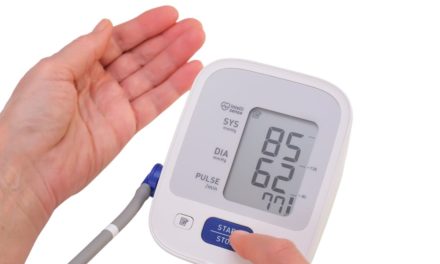Unmasking the silent danger” refers to revealing and understanding the often subtle or unnoticed indications of high blood sugar, which can pose significant health risks. High blood sugar, or hyperglycemia, occurs when the level of glucose (sugar) in the bloodstream is elevated. This is seen in both diabetes type 1 and diabetes type 2.
Here are some key high blood sugar symptoms that can help unmask this silent danger:
1. Increased Thirst (Polydipsia): High blood sugar can lead to dehydration, causing you to feel excessively thirsty and prompting you to drink more fluids.
2. Frequent Urination (Polyuria): Elevated blood sugar levels can overwhelm the kidneys, causing them to expel excess glucose through urine, leading to more frequent trips to the bathroom.
3. Fatigue: High blood sugar impairs the body’s ability to effectively utilize glucose for energy, leaving you feeling tired and lacking vitality.
4. Blurred Vision: Elevated blood sugar can affect the lens of the eye, leading to changes in vision and blurriness.
5. Slow Wound Healing: High blood sugar can hinder the body’s natural healing processes, making it more difficult for wounds to heal and increasing the risk of infections.
6. Recurring Infections: Hyperglycemia weakens the immune system, making it harder for the body to fight off infections. Yeast infections (such as thrush) and urinary tract infections are more common in individuals with high blood sugar.
7. Increased Hunger (Polyphagia): Despite having high blood sugar levels, cells may not be getting the energy they need, triggering feelings of hunger.
8. Unexplained Weight Loss: When the body cannot utilize glucose properly, it may start breaking down fat and muscle for energy, leading to unintentional weight loss.
9. Tingling or Numbness: Elevated blood sugar can damage nerves over time, leading to sensations of tingling, numbness, or burning, particularly in the hands and feet.
10. Irritability and Mood Changes: Fluctuating blood sugar levels can impact mood, leading to irritability, mood swings, and difficulty concentrating.
Recognizing these symptoms is crucial because uncontrolled high blood sugar can lead to serious complications, including diabetic ketoacidosis (DKA) and long-term damage to organs such as the eyes, kidneys, nerves, and heart.
If you notice these symptoms, it’s important to consult a healthcare professional for proper diagnosis and management. Managing high blood sugar typically involves lifestyle changes such as a balanced diet, regular exercise, and, in some cases, medication or insulin therapy. Regular monitoring and awareness of these silent danger signs can help individuals take control of their health and reduce the risks associated with high blood sugar.










